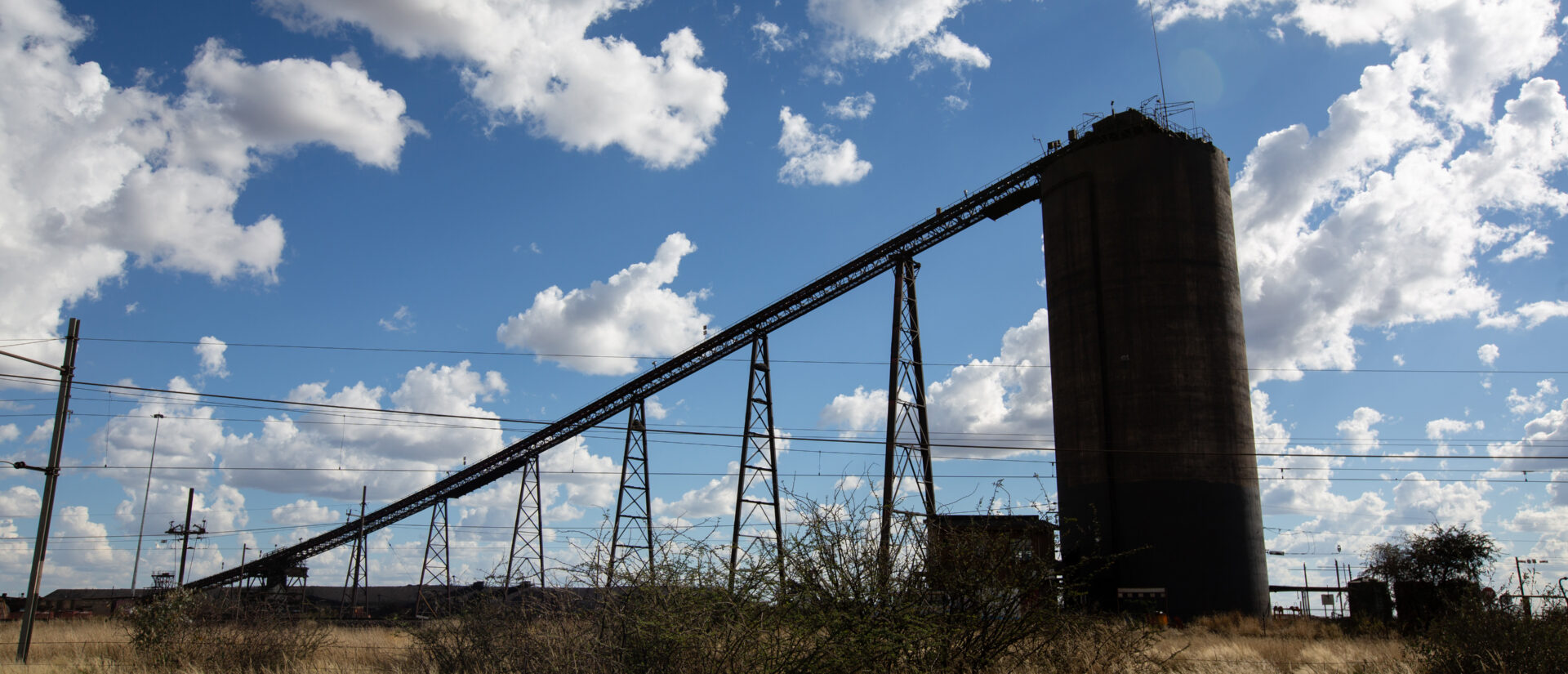
Manganese matters
A metal of consequence for women and communities in South Africa affected by mining and the global energy transition


Manganese has been identified as one of the key minerals for the realisation of the energy transition needed to address the climate crisis. It is, however, important that the transition and thus the increasing need for certain minerals and metals such as manganese does not exacerbate or create new negative impacts for local communities, particularly women and youth in South Africa, the country with the world biggest manganese reserves.
For this research we conducted field research in the Kalahari Manganese Field (which hosts 18 of the 22 manganese mining companies in South Africa) to detect and analyse the impacts of mining activities on the local communities and their environment. Simultaneously, the supply chain was mapped to understand how manganese mining in South Africa reaches the Netherlands and Europe, with a specific
focus on steel and low carbon technologies: wind, electric vehicles, and energy storage.
Through general surveys, individual interviews and focus groups it was concluded that the communities in the Kalahari Manganese Field are deprived of their rights to water, safe and accessible healthcare, FPIC and participatory governance. Community members, many of whom have experienced waves of mining booms throughout their entire lives, expect only the worst from the current boom in manganese mining. They contend with less and less water even as large-scale, innovative pipelines are built around them to serve the needs of mines. They live with illness and chronic stress about their own and their families’ health, nervously anticipating the almost-daily blasts and the
repercussions thereof (including damage to dwellings and release of hazardous asbestos from housing materials).
The Netherlands imports manganese in many forms, including as manganese ore, manganese alloys (used for steelmaking) and as manganese metal (key input for producing batteries). In 2019 alone, the Netherlands imported 63 kilo tonnes of manganese ore of which 70% came directly from South Africa. The Netherlands is the world’s fourth largest importer of ferromanganese, which is a key alloy to produce steel. The Netherlands also imports manganese as part of finished products such as lithium batteries. A big part of all manganese that is imported to and consumed in the Netherlands and Europe originates in South Africa, which dominates global production and has the largest reserves and resources. In fact, around a third of all European imports of manganese comes from South Africa. Indirectly, the share is much bigger as manganese from South Africa also reaches the Netherlands after being refined in China and Norway.
Dutch and European importing of manganese originating in the Kalahari Manganese Field is likely to continue, as 75% of the manganese global resources are located there. European countries, the automotive industry, battery manufacturers and wind energy companies therefore all have a responsibility to ensure that the manganese they source does not cause, contribute or is linked to human rights violations and environmental degradation.
Do you need more information?
-

Alejandro González
Senior Researcher
Partners
-
Mining Affected Communities United in Action
-
Women Affected by Mining United in Action
Publication


Related content
-
The battery paradox Published on:
 Alejandro GonzálezPosted in category:Publication
Alejandro GonzálezPosted in category:Publication Alejandro González
Alejandro González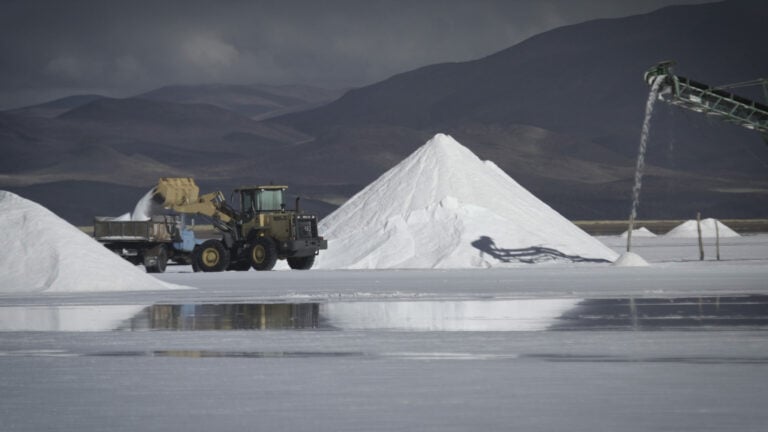
-
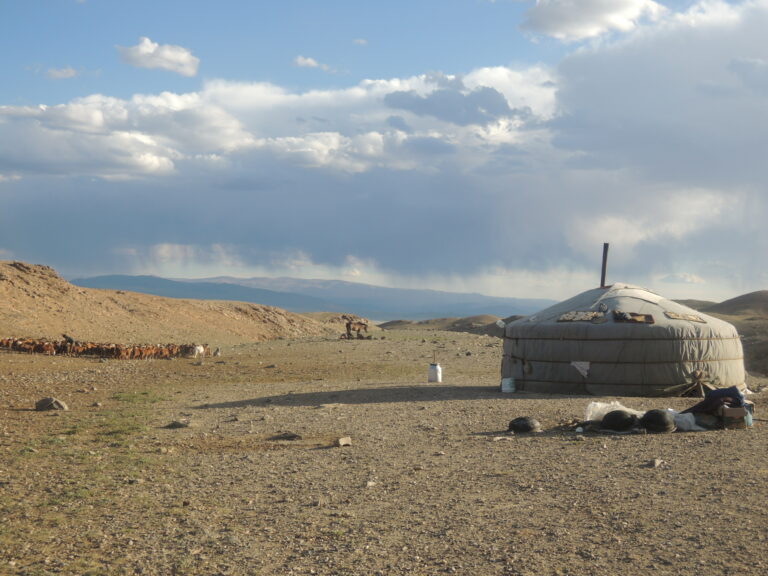
-
Undermining Mongolia Published on:
 Rhodante AhlersPosted in category:Publication
Rhodante AhlersPosted in category:Publication Rhodante Ahlers
Rhodante Ahlers -
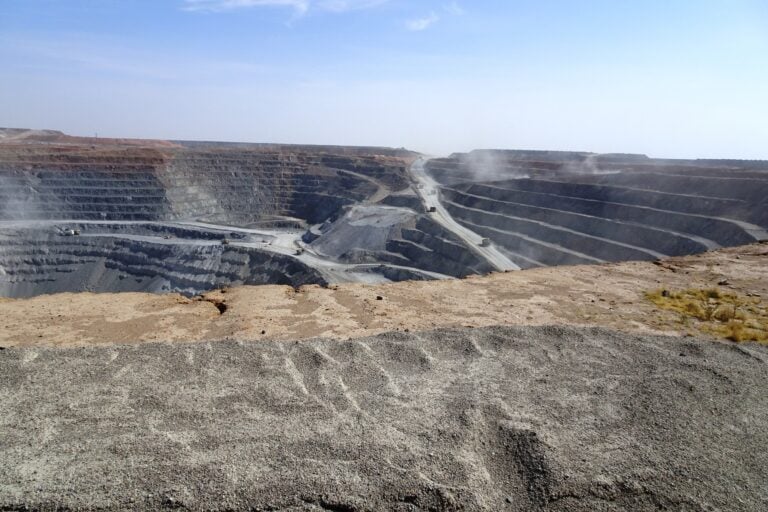 New research shows: Mongolia forced to give up control over its natural resourcesPosted in category:NewsPublished on:
New research shows: Mongolia forced to give up control over its natural resourcesPosted in category:NewsPublished on: -
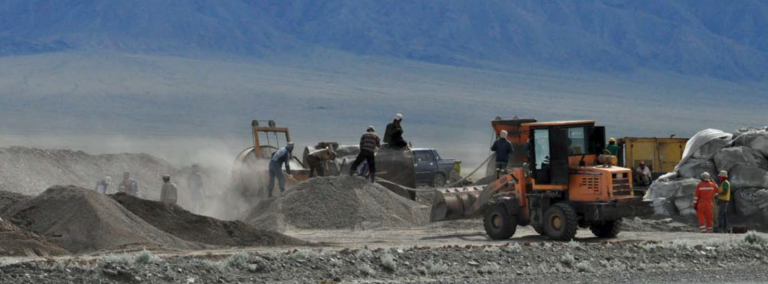
-
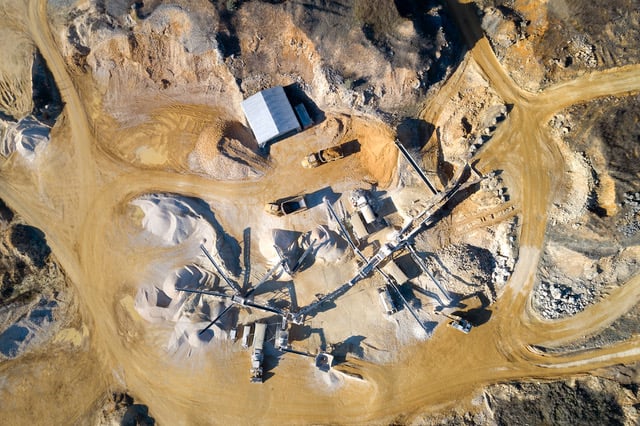 Learning from experiences around controversial Chinese mining investmentsPosted in category:NewsPublished on:
Learning from experiences around controversial Chinese mining investmentsPosted in category:NewsPublished on: -
Time to start caring about cobalt Published on:
 Joseph Wilde-RamsingPosted in category:Publication
Joseph Wilde-RamsingPosted in category:Publication Joseph Wilde-Ramsing
Joseph Wilde-Ramsing

